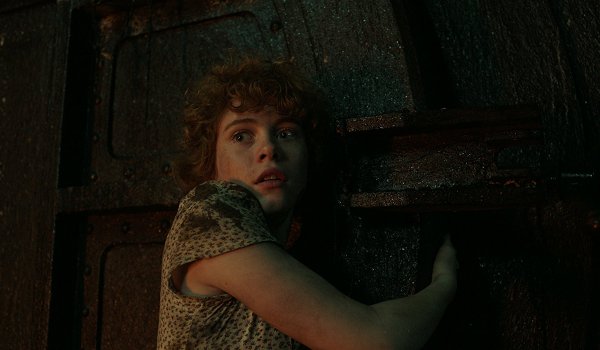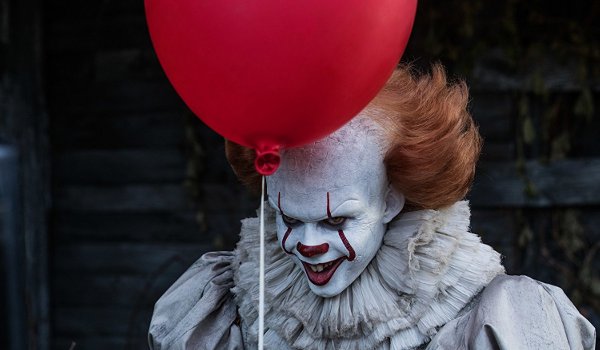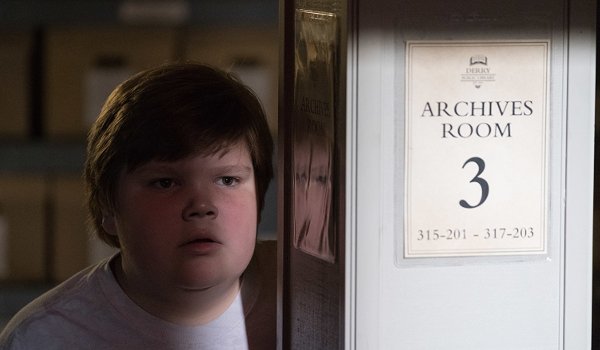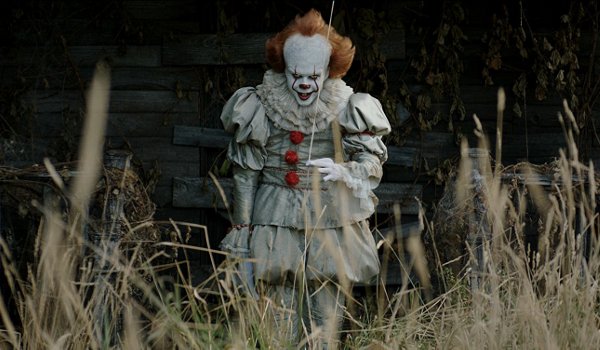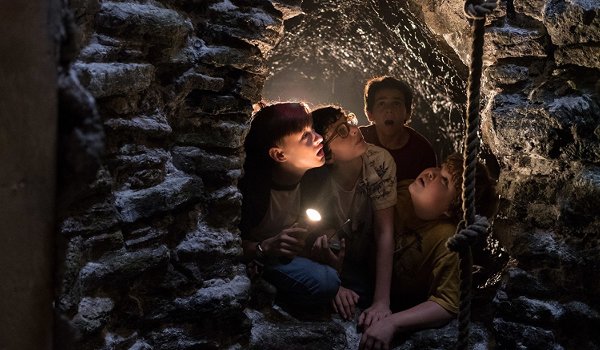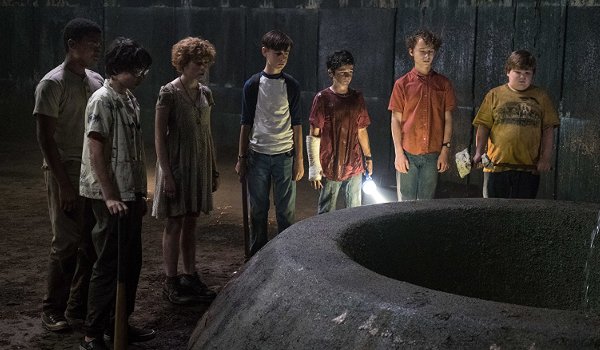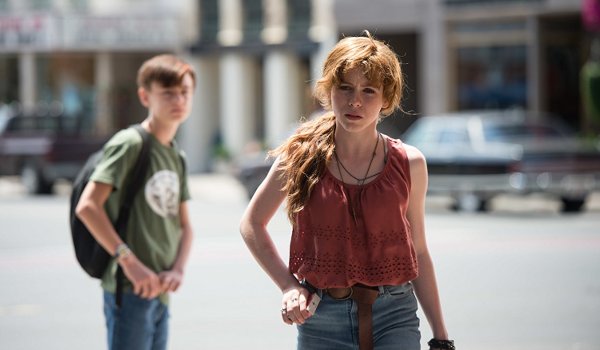- Title: IT: Chapter One
- IMDb: link

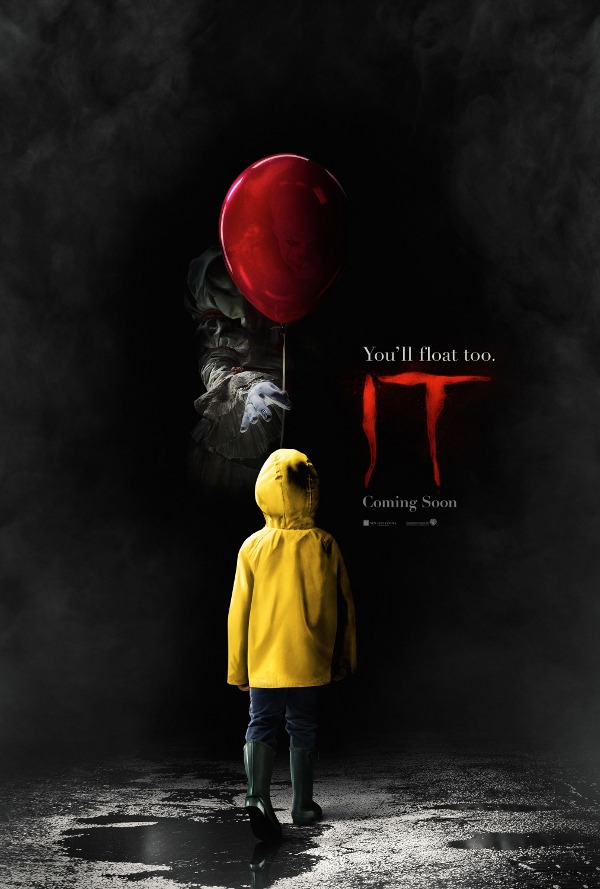 IT isn’t the first time Stephen King’s novel of the same name has been adapted, although it is the first time it has been made into a theatrical release. There are some noticeable differences between the 1990 two-part television mini-series and the latest version from director Andy Muschietti, most notably that this version only offers half the story and alters the timeline of events considerably.
IT isn’t the first time Stephen King’s novel of the same name has been adapted, although it is the first time it has been made into a theatrical release. There are some noticeable differences between the 1990 two-part television mini-series and the latest version from director Andy Muschietti, most notably that this version only offers half the story and alters the timeline of events considerably.
Now set in the late 1980s, the original story arc introduces us the town of Derry and a group of kids who are all outsiders (Jaeden Lieberher, Jeremy Ray Taylor, Sophia Lillis, Finn Wolfhard, Chosen Jacobs, Jack Dylan Grazer, and Wyatt Oleff) who band together in a Losers club for protection against a local bully (Nicholas Hamilton) and something far more sinister (Bill Skarsgård) living in the town’s sewers abducting children. Called “It” by the kids who discover they are not alone in the odd horrific visions each has seen, nearly all of which include an appearance by a scary clown named Pennywise who enjoys frightening and torturing children nearly as much as it does pulling them into the sewer to feed on during his periods of hibernation.
Not surprisingly, as with the previous adaption, screenwriters Chase Palmer, Cary Fukunaga, and Gary Dauberman make a conscious decision to leave out the controversial teen gangbang sequence among the Losers (don’t ask). Also missing is the Ritual of Chüd, more indepth planning to fight Pennwise, the use of a inhaler as a weapon, and slingshots and silver. The later are important as these items are used to showcase how the children empower the weapons they use through their faith and belief. The missing “battery acid” attack is shocking given the amount of time used to showcase the inhaler throughout the film. Instead, the confrontation of Pennywise feels a bit more rushed and haphazard this time around.
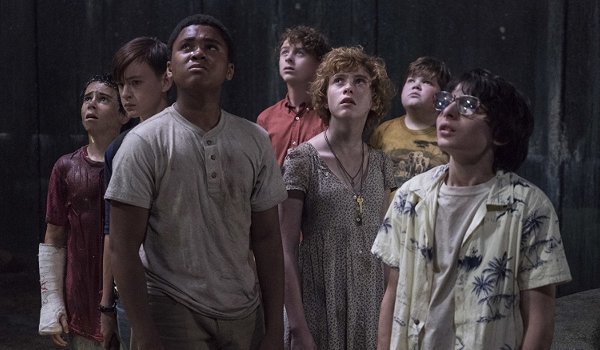
What makes comparing this film to the two-night television mini-series difficult is we only get half the story here. Whereas the TV version interconnected the events from the 1950s with that of the 1980s, this time around the focus is only on the older storyline of our characters as children. While this allows the storytelling to be more concise, the plot also looses the ability to interconnect the two and to reveal aspects of the earlier story through troubling flashbacks from the adult-version of each character when confronted with the possibility of facing Pennywise once again.
From a production standpoint this version is far superior. The look and effects to make Pennywise creepy all definitely work well, even if still prefer the Tim Curry portrayal (who had to rely far more on acting to make his clown monstrous). The film definitely has a disturbing and creepy quality, but it isn’t ever truly frightening as we know all the core characters must survive in order to return and fight Pennywise nearly three decades later. I will give credit to all the child actors on bringing these characters to life, although I never quite bought Lieberher’s lisp. Now bring on the adults. Given the bulk of backstory is all delivered here, I’m curious to see how Chapter Two will attempt to fit the two films together.

